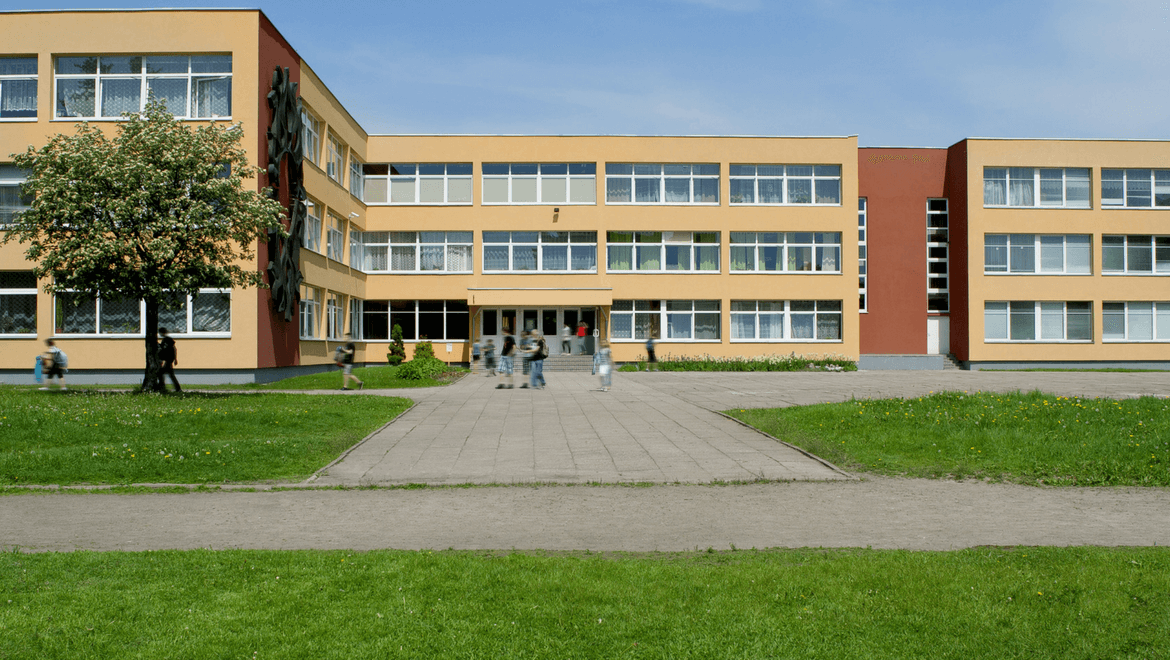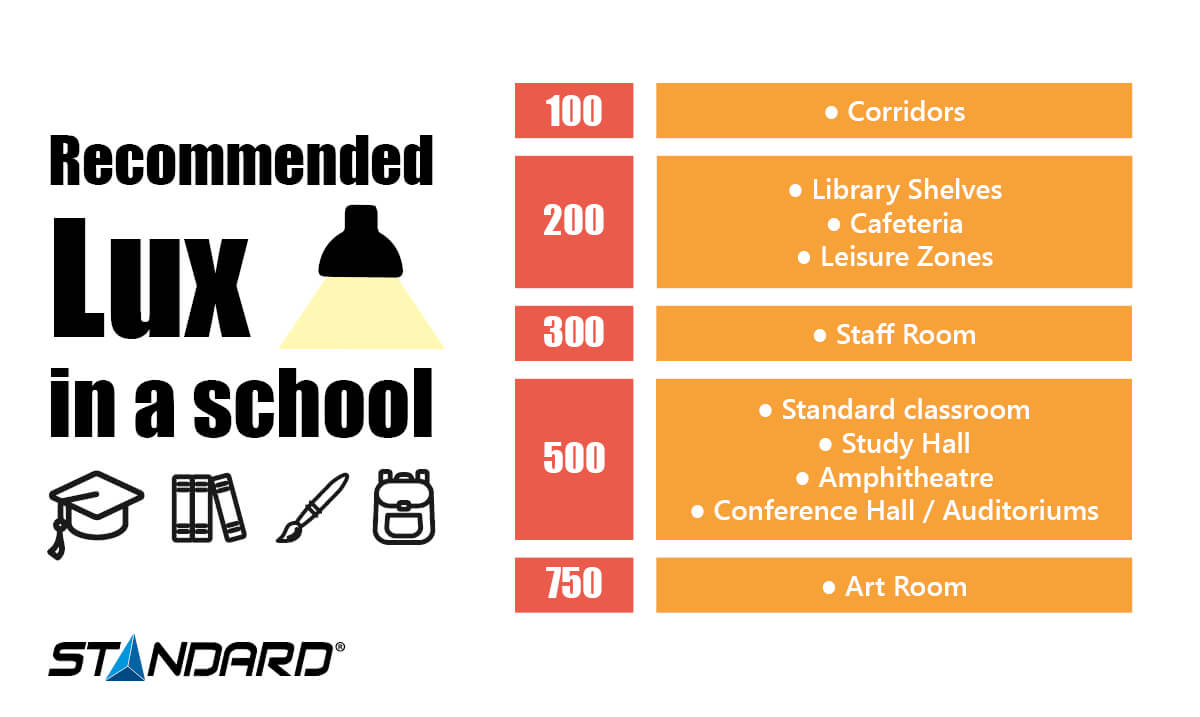The lighting in educational institutions should improve concentration periods as well as leisure time; it should ensure the visual comfort and safety of all people. It is therefore critical to select the proper lighting systems that create the optimal visual setting and offer an environment that is conducive to learning, for it is well known that light affects concentration.
The following is a model formula to ensure proper lighting in each area of educational institutions.Classrooms
High quality lighting fixtures promote learning and prevent eye fatigue. An appropriate lighting system like a 500 lux vertical lighting configuration will prevent light from reflecting on blackboards. At all times, it’s important to allow teachers or instructors to easily control light fixtures in their classrooms. They may want to reduce light intensity or turn off the lighting system entirely during activities like:- Working on computers
- Interactions between students (debates, cooperation, etc.)
- Using projectors or TV screens

